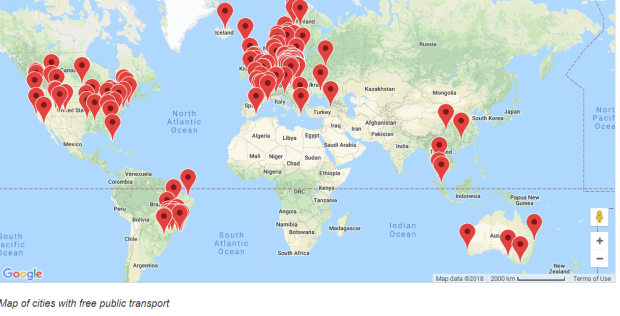
Intended as a handy research aid, checklist and reminder for students, researchers and others digging into the Slow City and related technical and policy challenges. A certain familiarity with these concepts is desirable; more than that I would say essential.
It is particularly important that those responsible for planning and policy be comfortable with these concepts. Anyone prepared to work in the field will already have familiarity with, say, 9 out of 10 of the concepts identified here. It concerns the stuff of sustainable transport, sustainable mobility and sustainable cities. (I would draw your attention particularly to those entries that are marked with two asterisks * * which touch on some of the more subtle and essential components of a sustainable transport policy.)
From the beginning in the late eighties the New Mobility Agenda was conceived as a shared space for communications and didactic tools zeroing in on our chosen topic from a number of angles, and over the last eight years World Streets has continued in this tradition. I hope that what follows may be useful to some of you. As you will see, I think it is an important and powerful tool — which those of us who care can help shape and put to work for the good cause.
How much can you trust Wikipedia — and what you can do about it









 This section is intended to be developed into an international reference set to be useful for researchers, students, the media and for concerned citizens and activists on the lookout for ideas and strategies which can be put to work in their own cities.
This section is intended to be developed into an international reference set to be useful for researchers, students, the media and for concerned citizens and activists on the lookout for ideas and strategies which can be put to work in their own cities.


 For the past couple of decades, a small group of thinkers, calling themselves variously ecological economists, degrowthers, and voluntary simplifiers, has undertaken a seemingly quixotic quest against the global obsession with growth for its own sake. They question the idea that increased gross domestic product will invariably help all people regardless of social standing, and question even more the environmental sustainability of limitless growth. A new book,
For the past couple of decades, a small group of thinkers, calling themselves variously ecological economists, degrowthers, and voluntary simplifiers, has undertaken a seemingly quixotic quest against the global obsession with growth for its own sake. They question the idea that increased gross domestic product will invariably help all people regardless of social standing, and question even more the environmental sustainability of limitless growth. A new book, 

 In principle I have a few choices, for example: (a) Get down on my knees and beg for a ride from family or neighbors. (b) Try to find (and somehow get to) a bus or local pubic transport (in a period of ever-decreasing public services and budget cuts, so good luck!). (c) Search out a taxi if you can find one, call, wait for it eventually to show up and then pay a hefty amount. (d) For work trips, and if I am lucky, there may be a ride-sharing scheme. Or, for many less comfortable but still possible, (e) the hitchhiking option. (f) Or do like an increasing number of my fellow commuters and buy a cheap motorcycle. And perhaps most likely of all (g) be obliged to reschedule or forget the trip. But at the end of the day, and all things considered, I am forced to conclude that the reality of life in suburbia and rural areas today is: no car = no mobility. Harsh!
In principle I have a few choices, for example: (a) Get down on my knees and beg for a ride from family or neighbors. (b) Try to find (and somehow get to) a bus or local pubic transport (in a period of ever-decreasing public services and budget cuts, so good luck!). (c) Search out a taxi if you can find one, call, wait for it eventually to show up and then pay a hefty amount. (d) For work trips, and if I am lucky, there may be a ride-sharing scheme. Or, for many less comfortable but still possible, (e) the hitchhiking option. (f) Or do like an increasing number of my fellow commuters and buy a cheap motorcycle. And perhaps most likely of all (g) be obliged to reschedule or forget the trip. But at the end of the day, and all things considered, I am forced to conclude that the reality of life in suburbia and rural areas today is: no car = no mobility. Harsh!